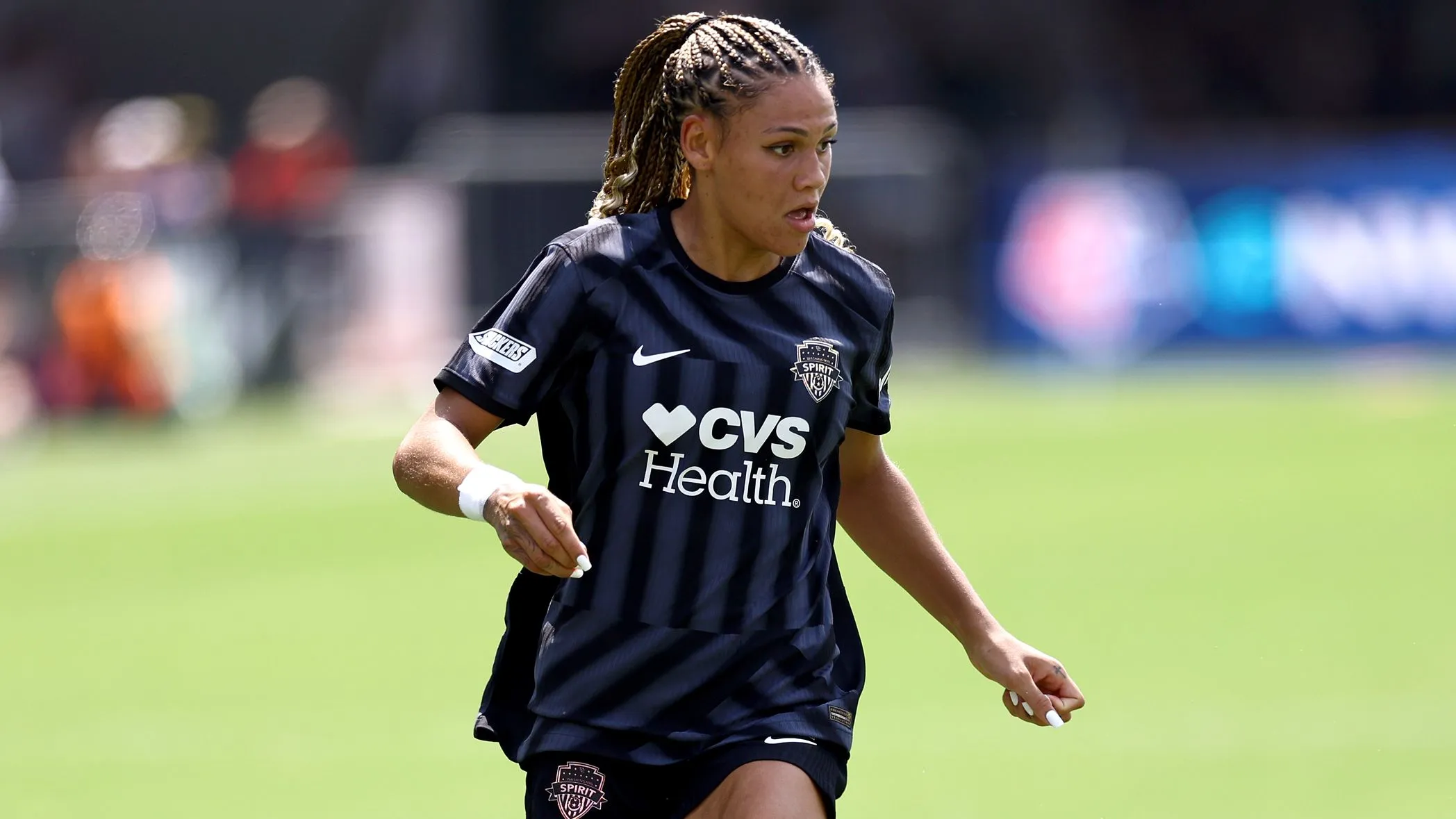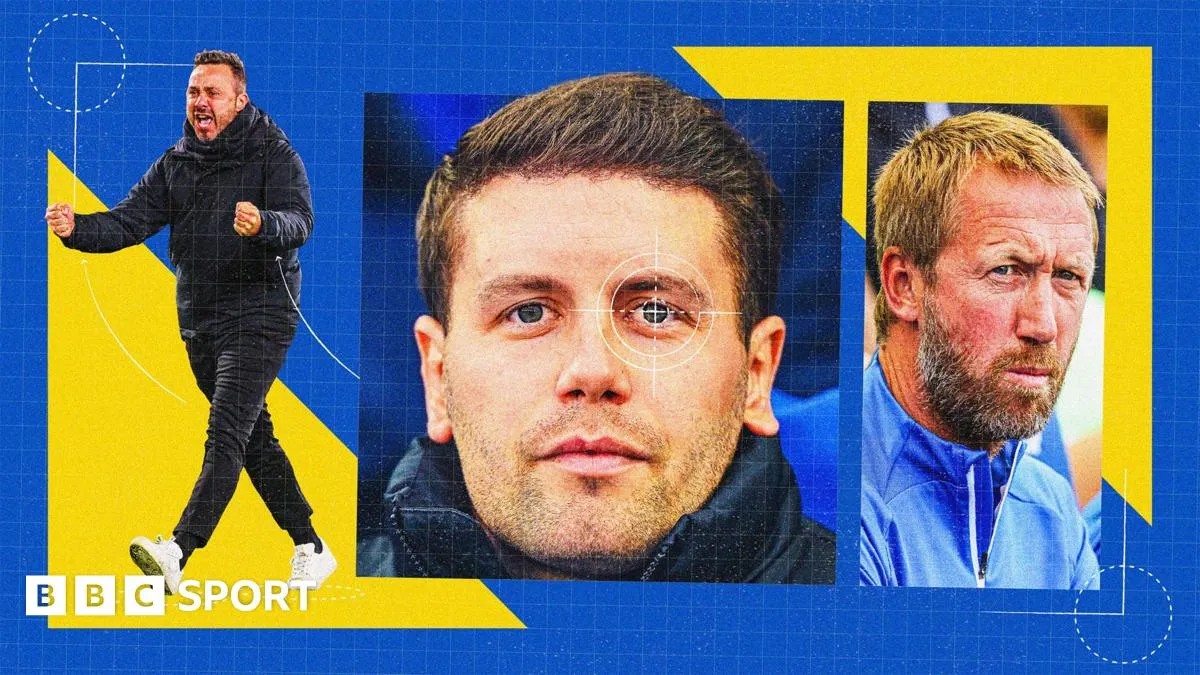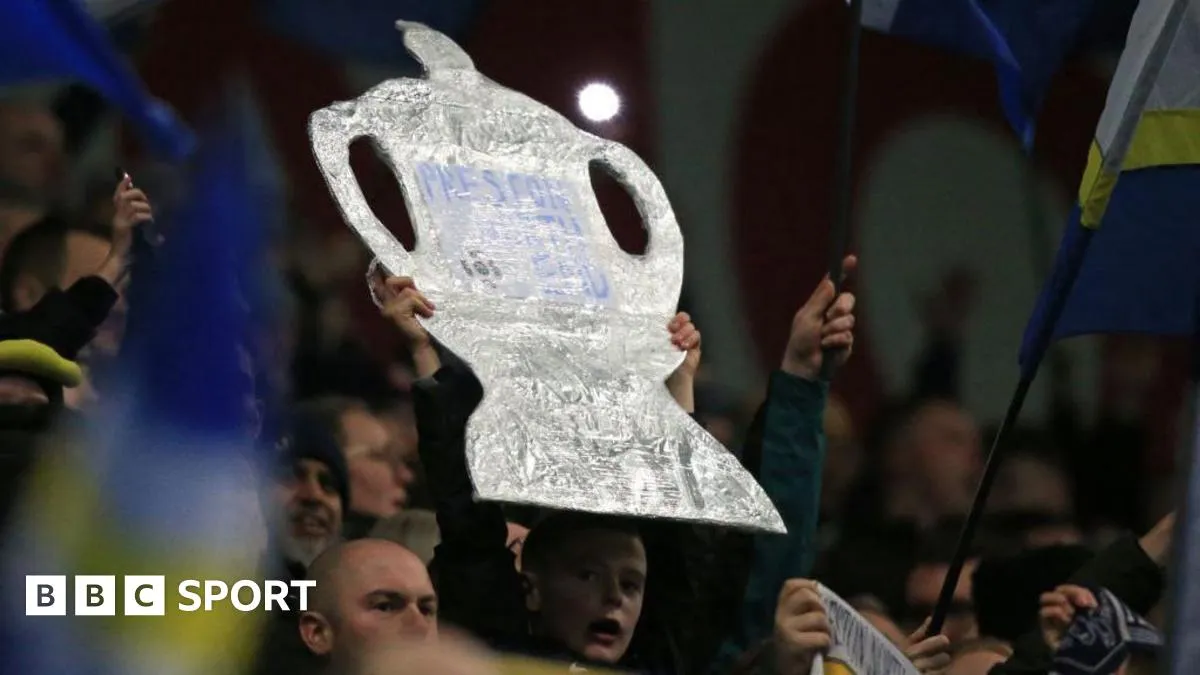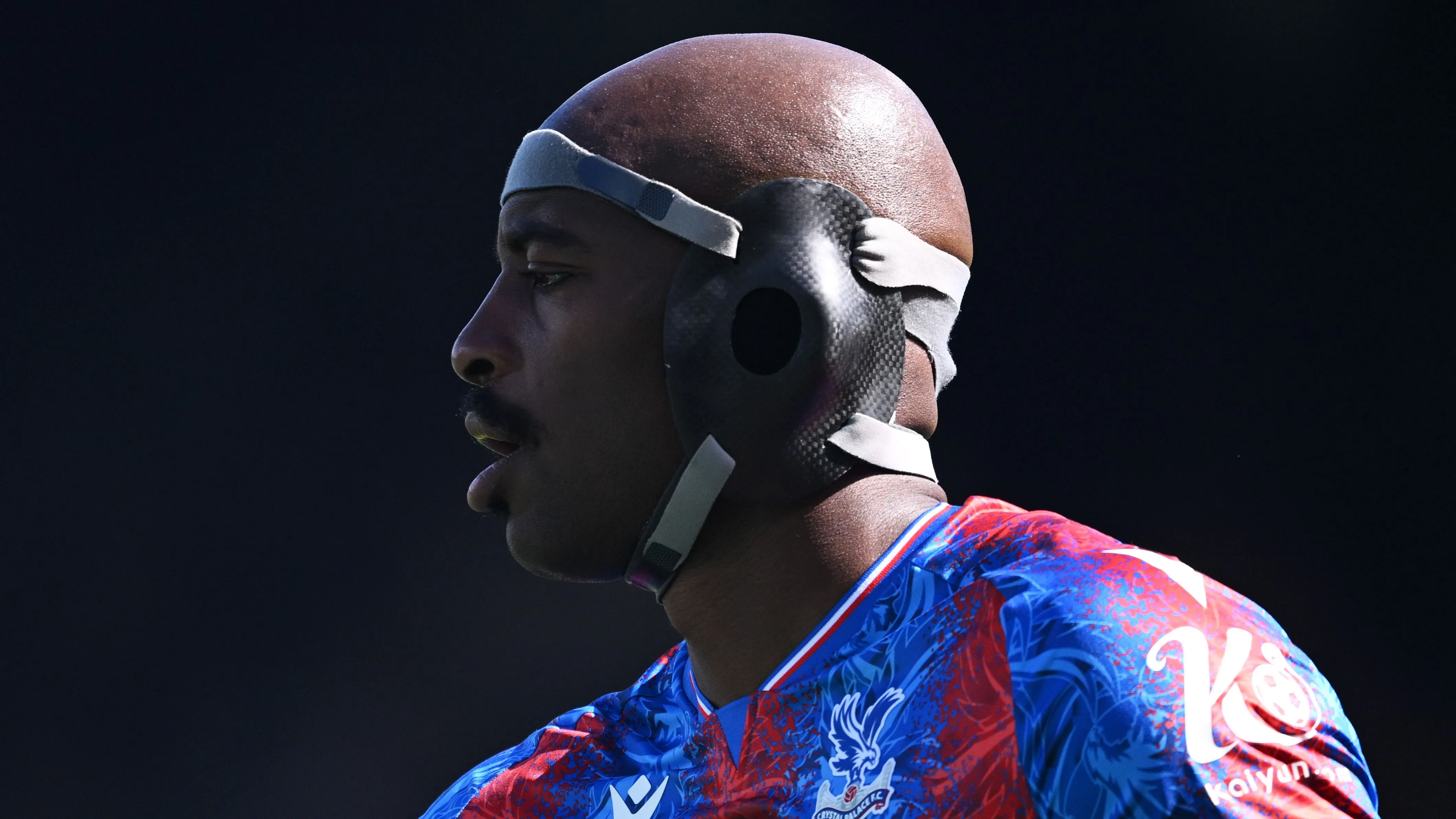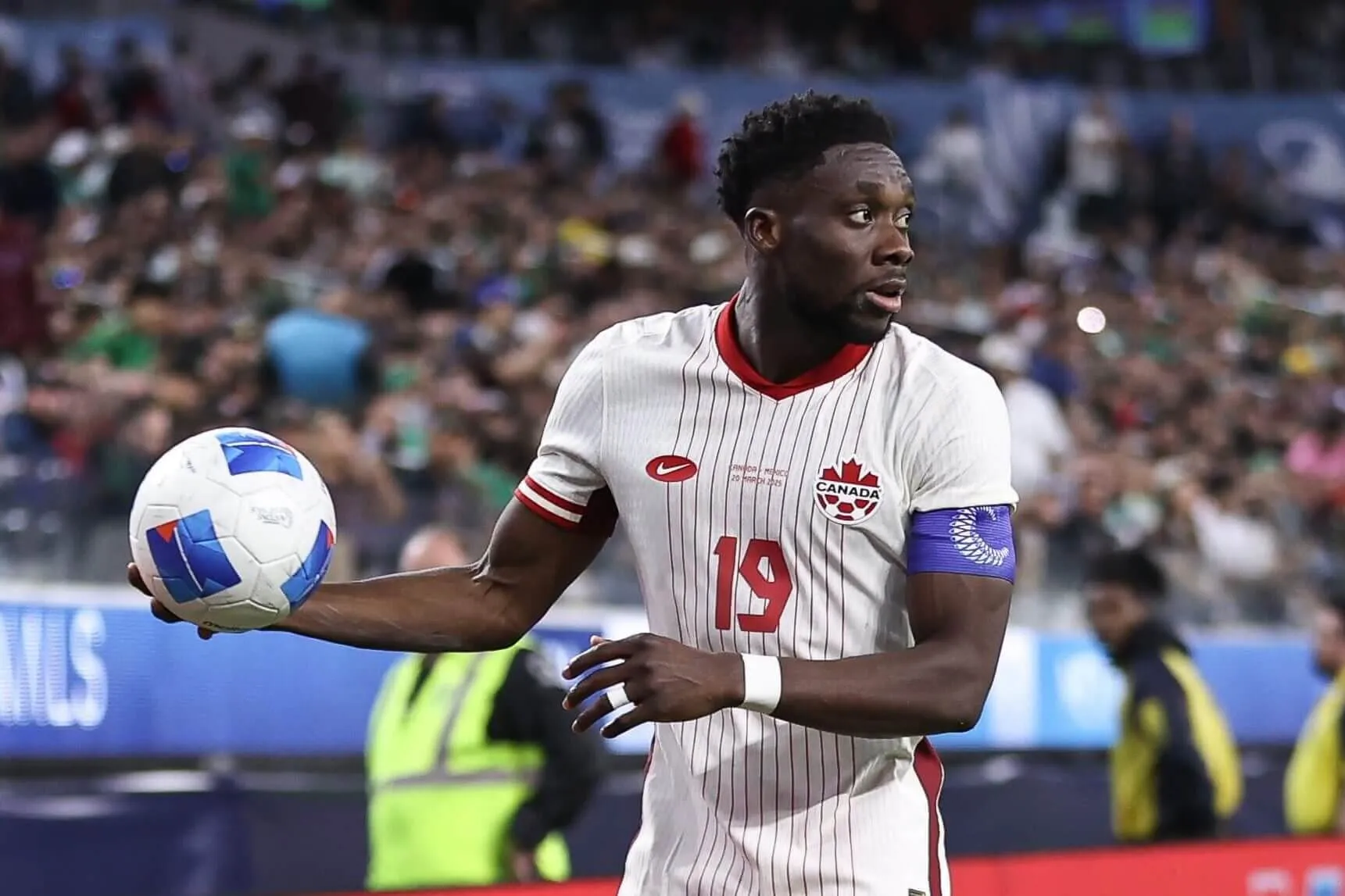
Oliver Rodriguez's first drum beat at a Liga MX game when he was seven years old symbolizes the rich soccer culture that San Diego FC aims to tap into as it becomes Major League Soccer's 30th franchise. Now 18, Rodriguez continues to play those same rhythms that are emblematic of South American and Mexican soccer traditions.
San Diego FC faces the unique challenge of uniting a diverse community with a complex relationship to professional sports. The city, just 17 miles from the Mexican border, has a strong Liga MX following, with passionate supporters of clubs like Club America, Pumas, Cruz Azul, and local favorite Club Tijuana (Los Xolos).
"You have to have that buy in, you have to have that representation. But the club has to be honest about that," explains Jerry Jimenez, supporter relations manager at San Diego FC, acknowledging the delicate balance required to build authentic connections with the community.
The city's sports history adds another layer of complexity. Despite being America's eighth-largest city, San Diego has experienced the departure of multiple professional franchises. The NFL's Chargers relocated to Los Angeles in 2017, and the NBA's Clippers made the same move in 1984, leaving the San Diego Padres as the city's sole major league team until San Diego FC's debut.
Miguel Barajas, a leader of Chavos Frontera Ultras - the first Supporters' Group to declare allegiance to San Diego FC - reflects on this pattern: "San Diego has always been a city where we just, for some reason - I don't know why it is - we keep losing people, but everybody keeps telling us we're amazing."
The club's approach to community engagement has been strategic and thoughtful. CEO Tom Penn, who previously built LAFC from the ground up, has focused on grassroots connection through information sessions and community presentations. The club's association with the Right to Dream Academy has particularly resonated with community members like Barajas, who appreciates the initiative to make soccer more accessible through free programs and tournaments.
However, the current political climate presents additional challenges. Recent tensions around immigration and border security have raised concerns about inclusivity. "Something that I don't even think people have really started thinking about is: is it safe for people to come to the game?" questions Brown, highlighting the importance of creating a welcoming environment for all San Diegans.
The club has made significant moves to connect with its target audience, including signing Mexican national team star Chucky Lozano, celebrated with a "Chuckyfest" event that brought together supporter groups from across the region. For young fans like Rodriguez, the team represents more than just soccer: "A lot of people here are going to have someone local to look up to. They won't have to look at Ronaldo or Messi, or they won't have to look at Neymar down south. They can look at San Diego, at Snapdragon Stadium."
While the team's on-field success remains to be seen, San Diego FC's primary focus is building trust and connection with a community that has experienced its share of sporting disappointments. As the rhythmic beats of Rodriguez's drums echo through the stands, they signal not just the start of a new soccer team, but potentially the beginning of a new chapter in San Diego's sporting culture.




